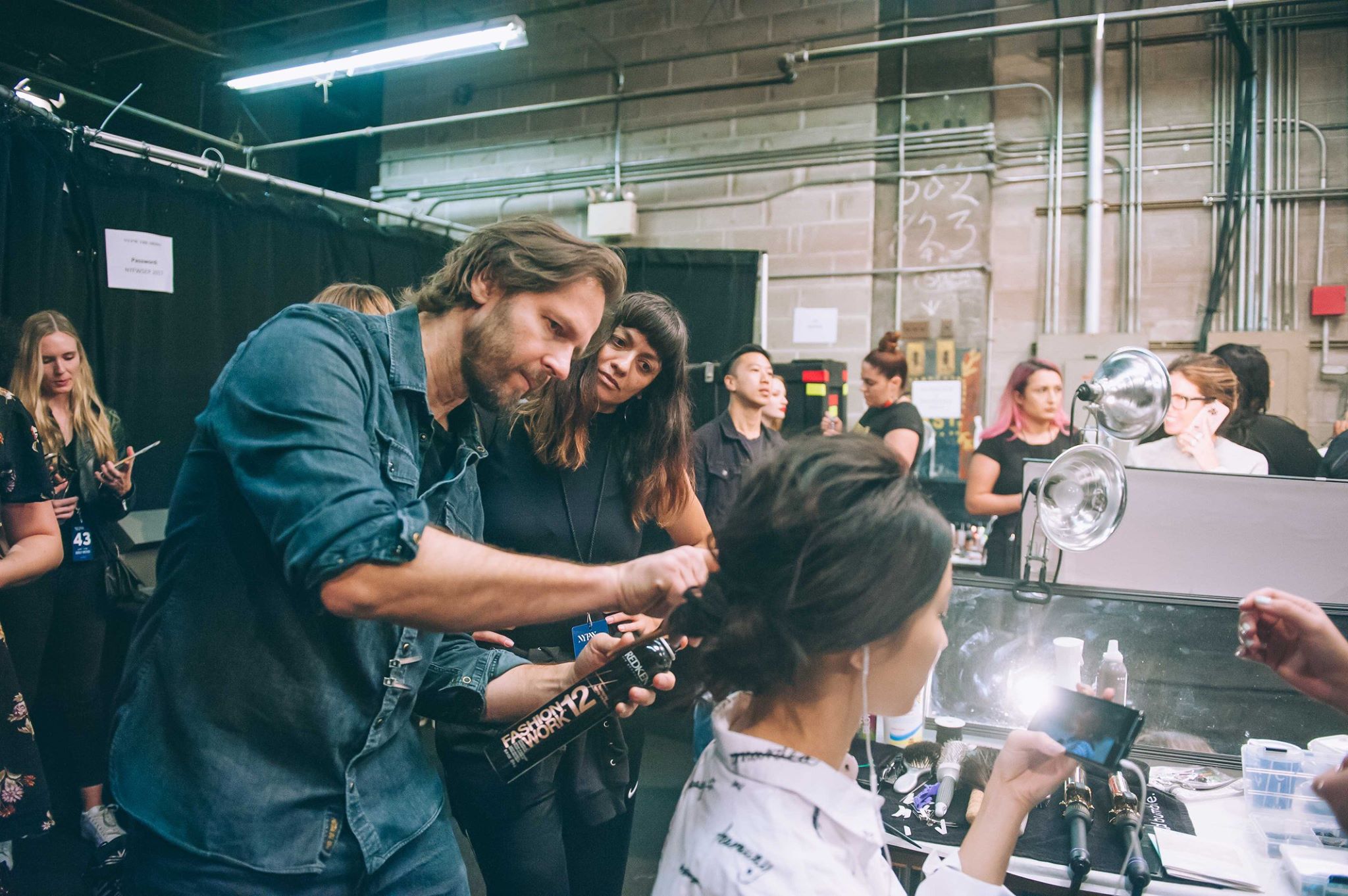When international fashion hairstylist Peter Gray cut hair for the first time, he was attending an all-boys boarding school in South Africa. At this school, one of their many, strict rules was for hair to remain cut above the ears. Gray’s friend, Andrew, was told on a Friday morning that his hair broke protocol; if it was not fixed by that evening, he would face punishment. Finding the ultimatum unreasonable, Gray sat Andrew down with a pair of scissors and saved the day.
From that day on, cutting hair became more and more of an everyday practice for Gray, as friends began asking him for the same favor Andrew once asked. He quickly realized that cutting hair would be a passion of his, which led him to his first salon job as a shampoo boy. While there, he was gifted a book, “Cutting Hair the Vidal Sassoon Way,” by a barber shop owner nearby. The book ignited his drive to become a hairstylist. So, at just 20 years old, he booked a ticket to London and told his parents he was leaving in two weeks.
See Peter’s work during Meow Wolf runway collection on Tuesday, November 15. Purchase your Denver Fashion Week tickets HERE
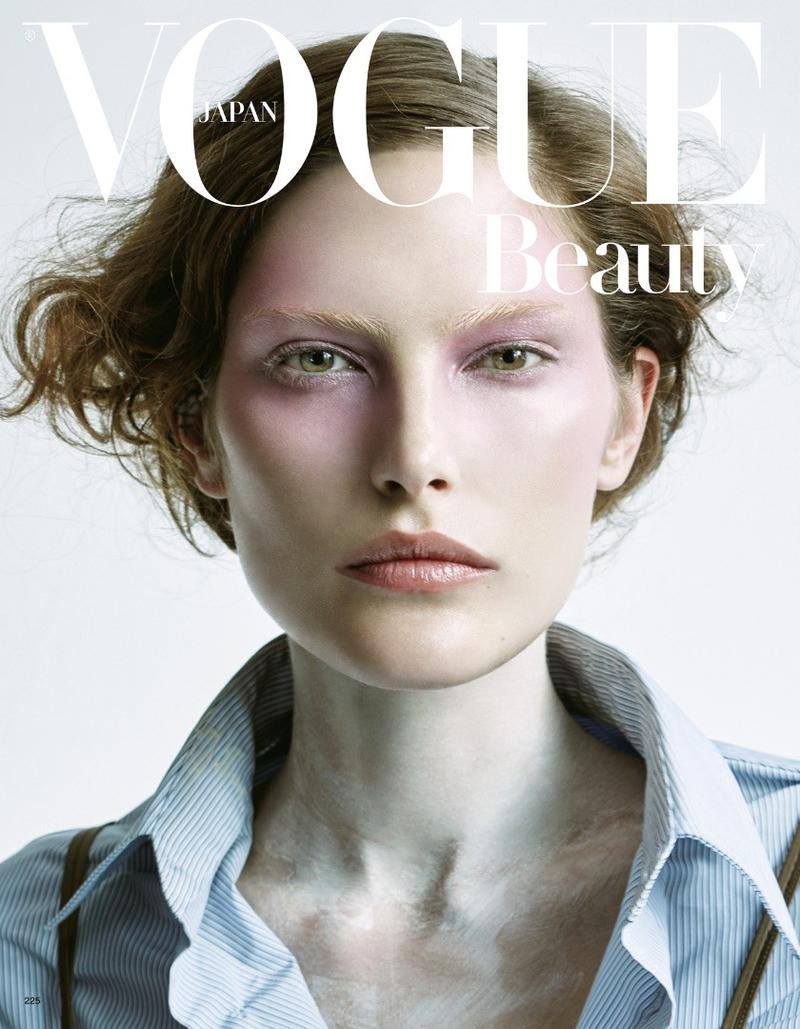
Today, Gray maintains his status of being one of the most exceptional and creative hair stylists, traveling across the globe to work with high-profile clients and publications such as Harper’s Bazaar and Vogue.
“It could be a worse way to make a living,” he joked.
Growing in the Industry
Gray had just turned 21 when he got his first real job. After short stints at both Toni and Guy and Sassoons, Gray came across a salon in the Covent Garden district of London. This opportunity brought many editorial hairdressers and an extensive client base.
“I just kind of gravitated towards them, they took me under their wing,” Gray said. “I was just this crazy young kid who used to sleep on the towel bags in the salon. I dreaded going home because if you went home, you might miss something.”
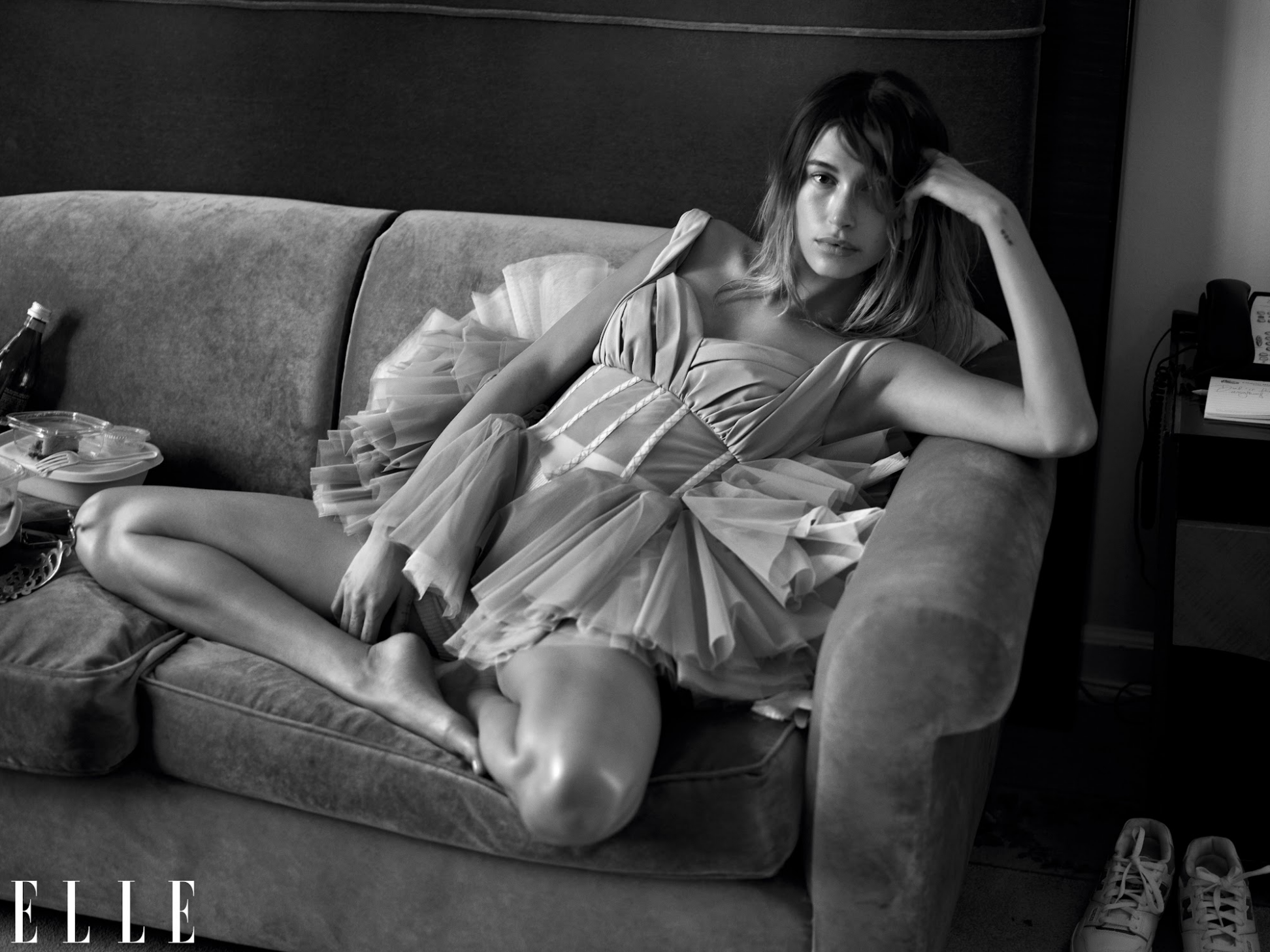
As Gray recalls, many of the salon’s most famous clients would come in the early morning for privacy, and he didn’t want to miss a single minute. After seven years of shampooing and blow drying as an assistant, the owner of the salon—Greg Cazaly— booked Gray an interview at Sassoon. After being accepted, Gray completed their nine-month barbering training program in only three months.
He moved to Manchester during the summer of 88—also known as the second “Summer of Love” when house music was born. Gray then met Anthony Wilson, owner of Factory Records. With a passion for music, film and TV, Gray still wasn’t fully sure he wanted to commit to hairdressing, so Wilson would take him along to help with his TV show. The incredibly successful show hosted bands like New Order and Joy Division, which led Gray to tour with groups like Oasis.
After some time, the crowds started to move from Manchester to London. In order to continue his career, he moved as well. While in London, he worked on and off assisting fashion stylist Ray Allington and editorial hairstylist Eugene Souleiman. Still interested in film, Gray also worked with a creative design company called Microdot. The owner, Brian Cannon, supported Gray as he wrote scripts for music videos for about five years. Many of these came to fruition with a Welsh band called the Super Furry Animals.
In this busy time, Gray continued to teach diploma and academy courses in London for Vidal Sassoon. In the days he was able to travel, he would work in a residence with a band, cutting hair and sitting in studios with them.
“I never charged for any of those haircuts backstage at concerts, at any of the recording studios,” Gray said. “It was just always because I wanted to do it. I wanted to be a part of that experience.”
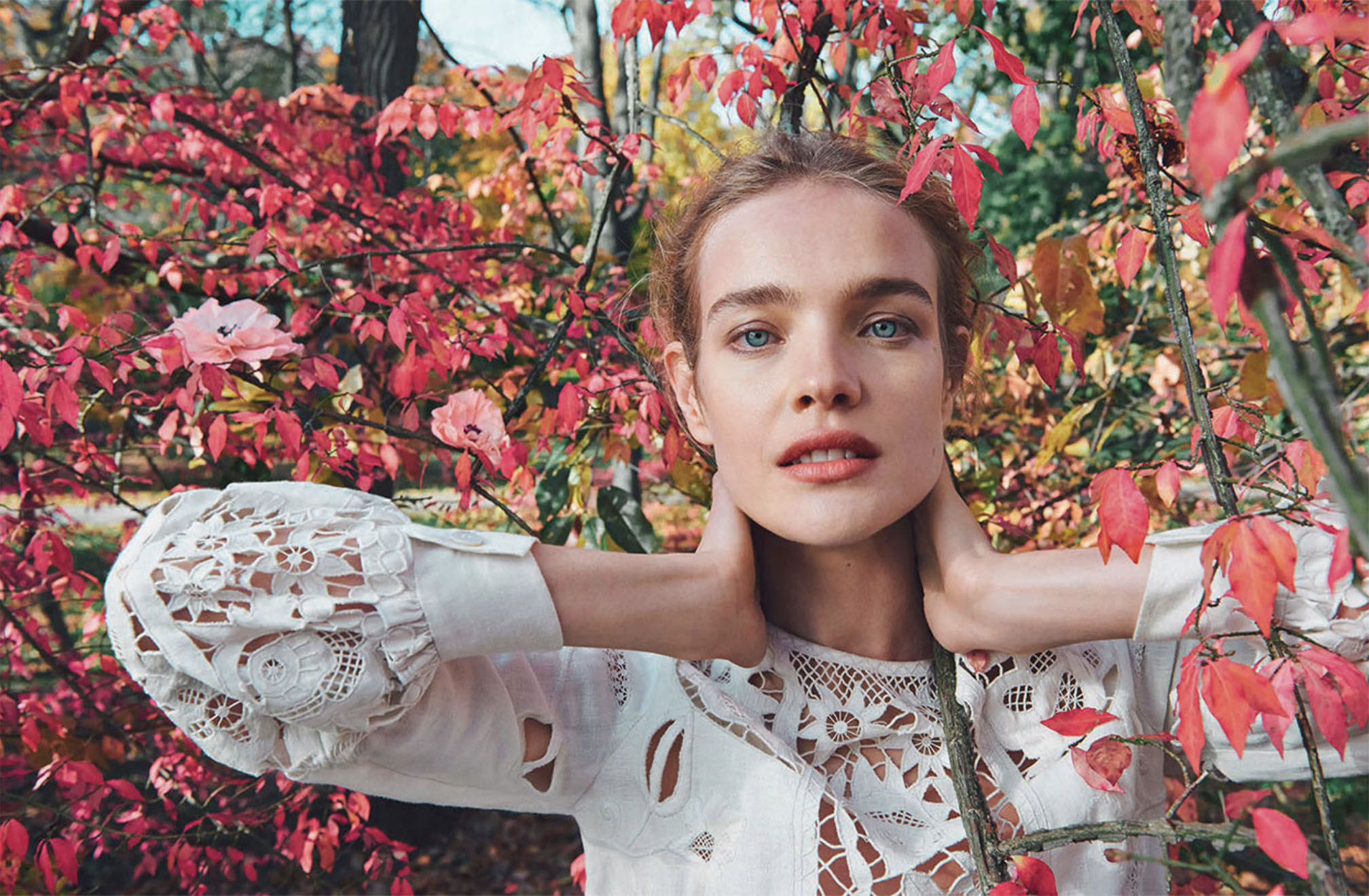
Going into the 2000s, Gray collaborated with Maison Martin Margiela for nearly seven years, assisting him with Hermes shows periodically. He describes this as his introduction to the world of high fashion after previously doing high beauty and editorial. Simultaneously, Gray also became a consultant for brands such as Procter and Gamble until 2002, when he became an International Editorial Consultant. In this role, he was able to include his sustainable input on the products used by brands such as Moroccan Oil, L’Oreal, and Aveda. He encourages brands to be authentically sustainable for not only their benefit but their customers’ as well. Having worked on the production of many hair care products, Gray is well aware of the poor ingredients that are commonly used. He feels that stylists like himself have a duty to advocate for brands that care about their environmental footprint.
“We’re exposed to huge amounts of cross-antigens in all of our beauty products, huge amounts of toxic chemicals,” Gray said. “That kind of level of toxicity that our business puts into the world leaves us all with a responsibility to improve it and not be biased about it.”
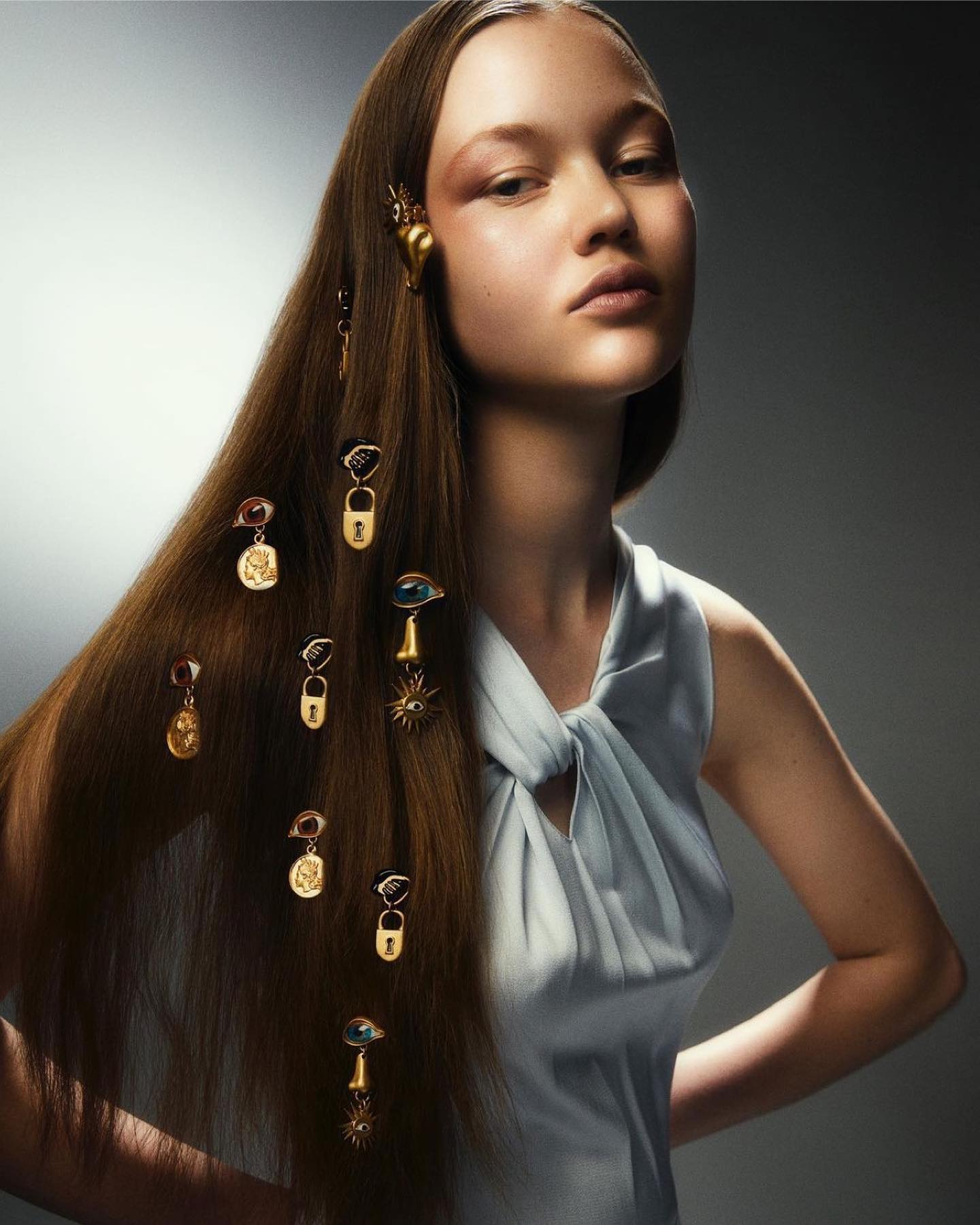
In an industry that struggles to stay green and cruelty-free, Gray refuses to compromise on his sustainable beliefs and the integrity of the brands he uses. Many brands that he outwardly supports— Back of Bottle (BOB) and Color Space —not only offer sustainable packaging but also provide full transparency of all ingredients.
At large-scale events, Gray will use products from small, sustainable businesses like Intelligent Nutrients to give them exposure. Between the models and hairdressers who use the product to those working behind the scenes of the show, Gray is able to draw a large audience’s attention to an eco-friendly business they otherwise may not have tried.
“I’d like to have some sort of hand in swaying people,” Gray said. “I’m not going to be the one who changes the world, I just want to be this spark that ignites somebody else.”
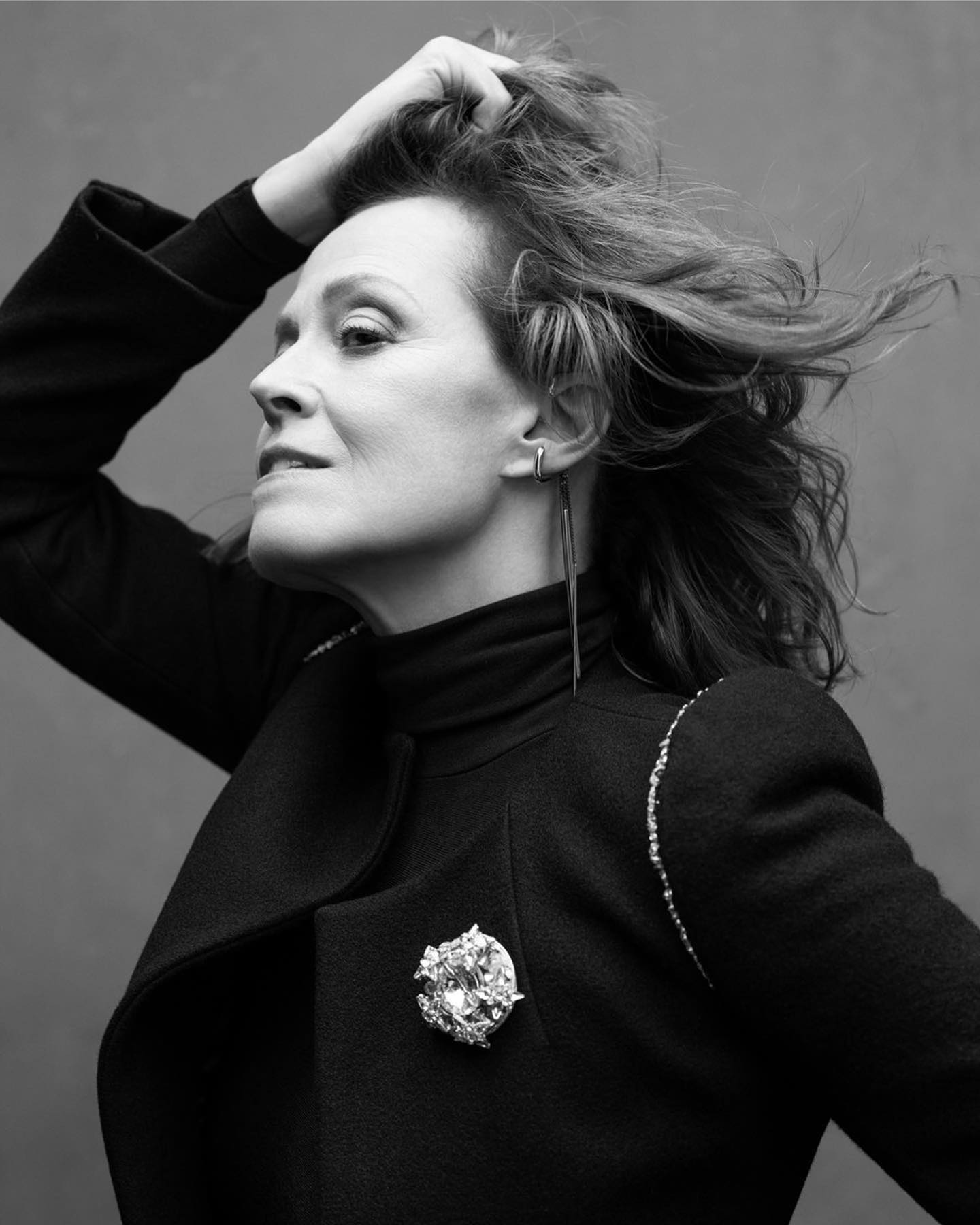
His sustainability efforts don’t end with products, they extend throughout his everyday life, even down to taking the subway instead of a cab. The way he thinks of it, the 40 dollars saved when not taking a cab will go towards dinner later. His hope is that while he takes the step to be more conscious of his impact, others will follow, and feel as though they gained something in the process.
Being a devout vegan, Gray is a strong advocate for improving the food we consume and being more informed about what we put in our bodies. When he does his research for the best foods to incorporate into his diet, he commonly uses the app Yuka to scan barcodes and receive factual information pertaining to the quality of the ingredients. He values not just plant-based alternatives, but those that are nutritious and healthy as well.
In a world where vegan and sustainable products are already marginalized, he believes in making these brands not just sufficient, but special enough to stand out and grab the attention of everyday shoppers.
As Gray continues to work with high-end fashion shows and big-name clients, he still maintains his solution-based approach while perpetually asking the question, “why?” His unique approach as a stylist is walking in with an attitude on how he can improve the set and paying close attention to details. By doing this he is able to bring aspects to the table that other skilled stylists can’t: the ability to make a creative difference.

Gray’s day-to-day work is ever-changing, and a large part of his work relies on his adaptability. Whether it be hectic runway days, touch-ups between consecutive interviews, to creating looks that will withstand the red carpet for hours, his work constantly changes. Every day and every client is different. And unlike some stylists who have a home base at a salon, Gray is always on the move, fitting into others’ schedules. He describes it as an “odd lifestyle,” where he travels constantly working on editorial projects.
Coming to Denver
One of Gray’s first shows was London Fashion Week, during the time it was just two young people putting the whole thing together. In all the chaos, Gray recalls feeling excited to take on something new. Many major cities— New York City, Miami and Los Angeles— have significant fashion weeks that heavily rely on business and marketing, but Gray believes in holding on to creativity and being open to growth in a time when everything is open to be critiqued.
“You’ve got to not follow the road that everybody else has followed,” Gray said. “I think that really is the key, not just following everybody else’s road. You know, finding your own individual path.”
When asked to come to Denver Fashion Week this year, Gray agreed without hesitation, as he saw it being similar to his early shows: different, yet approachable. He sees the show as “fresh” and a “new frontier,” for designers and stylists to get creative without an emphasis on business.
Gray will be a stylist for DFW Day Two: Kids and Hair Show on Nov. 13 in collaboration with Jade Sanghee, a close friend and stylist from Seoul. The duo will be working with the Back of Bottle brand to support their launch this past September.
Get tickets HERE to see Gray’s talent on the Denver Fashion Week runway for Sunday’s event at 5 p.m.





